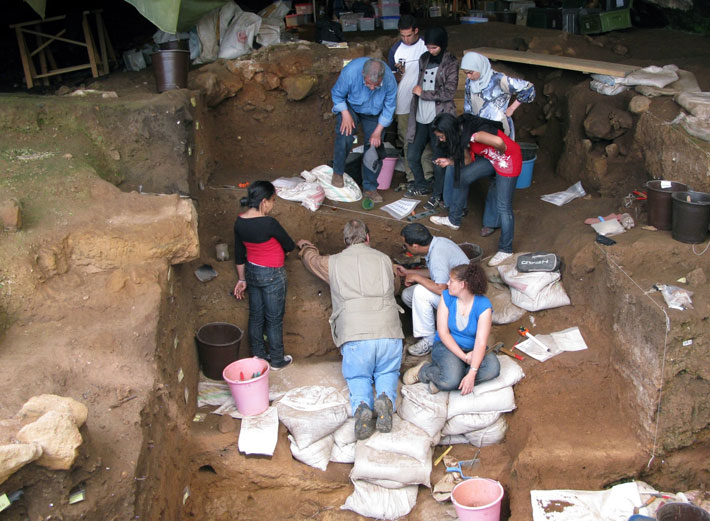Bone Tools in Morocco May Be Earliest Evidence of Clothing
Humans living on the Atlantic coast of what’s now Morocco were making clothes from animal hides between 120,000 and 90,000 years ago, according to a new study.
Initially, researchers assumed the bones they were collecting were the remnants of an ancient meal. Scientists wanted to analyze the animal bones to better understand what Contrebandiers Cave’s early human inhabitants were eating.
But instead of evidence of an ancient menu, researchers found the remnants of clothes-making tools. Scientists detailed the breakthrough discovery in a new paper, published Thursday in the journal iScience.
“These bone tools have shaping and use marks that indicate they were used for scraping hides to make leather and for scraping pelts to make fur,” lead study author Emily Hallett said in a press release.
“At the same time, I found a pattern of cut marks on the carnivore bones from Contrebandiers Cave that suggested that humans were not processing carnivores for meat but were instead skinning them for their fur,” said Hallett, a researcher at the Max Planck Institute for the Science of Human History in Germany.

In order to tell the story of human evolution, scientists must understand how early humans adapted and exploited new environs.
For the earliest migrants, survival demanded more than just food and shelter. To exploit cooler environs, humans needed protection from the elements — they needed clothes.
On the floor of the Contrebandiers Cave, researchers found evidence that humans were manipulating bones to craft tools used for manufacturing pelts and other pieces of clothing.
In total, researchers collected 60 bones that had been ground, smoothed and polished into uniform shapes for scraping and softening animal hides.
Scientists also recovered the remains of sand foxes, golden jackals and wildcats, all with marks suggesting humans had purposefully removed their skins.
“The combination of carnivore bones with skinning marks and bone tools likely used for fur processing provide highly suggestive proxy evidence for the earliest clothing in the archaeological record,” said Hallett.
“But given the level of specialization in this assemblage, these tools are likely part of a larger tradition with earlier examples that haven’t yet been found,” Hallett said.
Hallett and her colleagues also recovered the tip of an ancient cetacean tooth, which scientists determine had also been manipulated by early humans.
It’s the first time researchers have recovered the remains of a Late Pleistocene marine mammal from North Africa. The fossil serves as the earliest evidence of humans using the teeth of marine mammals.
“The Contrebandiers Cave bone tools demonstrate that by roughly 120,000 years ago, Homo sapiens began to intensify the use of bone to make formal tools and use them for specific tasks, including leather and fur working,” Hallett said.
“This versatility appears to be at the root of our species, and not a characteristic that emerged after expansions into Eurasia,” Hallett said.
